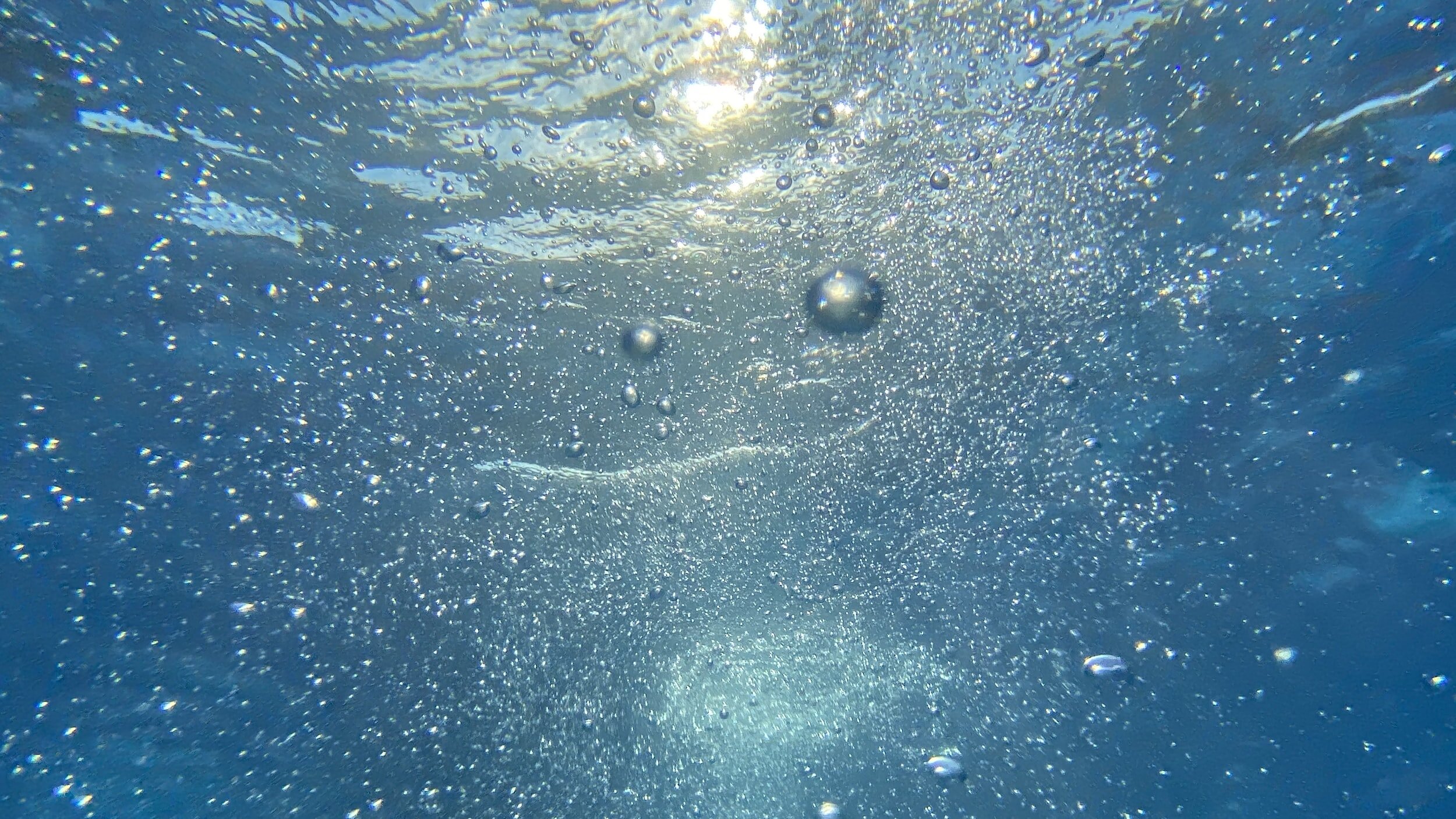Save the Whales? Can the North Atlantic right whale be saved from extinction?
Can the North Atlantic right whale be saved from extinction?
There are precious few North Atlantic right whales left in the world. There are three species of right whales and two of them, the North Atlantic and North Pacific right whales, are perilously close to extinction. The Southern right whale is faring far better.
Right whales are second, in sheer body mass, to the blue whale. Their bulk is one reason they were once highly valued by whalers. It is said that this fact is how the animals got their name; they were the right whale to kill for their coveted whale oil, baleen, and additionally because their carcasses floated.
North Atlantic right whale facts
Currently are roughly 350 North Atlantic right whales still in existence. According to the National Oceanic and Atmospheric Administration (NOAA) about 34 have been killed in the last five years. Eleven of these deaths were attributed to whales being hit by ships. Additionally, 16 live whales were known to have sustained serious injuries as a result of being hit by vessel or entangled in fishing gear. These serious injuries most likely led to their death. This rate of death represents more than a ten percent decline in the total number of North Atlantic right whales.
Dead to Rights? (c) Pam Ferris-Olson
What can be done to save the North Atlantic right whale?
On September 1, 2021, NOAA released rules for the management of fishing areas. These federal mandates directly affect New England's lobster fishery. The rules aim to reduce the risk of entanglement in fishing gear of the North Atlantic right whale. NOAA’s Atlantic Large Whale Take Reduction Plan is a four-phased approach that is to be instituted over the course of ten years. It is expected to reduce whale injury and death by a significant amount.
Why is there controversy?
Conservation groups, the lobster fishery, and Maine’s political leaders have all criticized the plans. Conservationists believe that stronger safeguards to protect the whales. The lobster fishery claims it has been unfairly targeted and that the plan is unrealistic and unsustainable for the fishing fleet. Maine’s political leaders are protective of the fishery because it plays an important role in the state’s economy. Maine's lobster fishery also is the largest in the United States, accounting for about 82 percent of the lobster caught in this country.
A four point plan
The new rules consist of four main provisions:
1. Reduce the number of vertical trap lines in the water. Lobster traps are typically attached one per line, a one-to-once ratio. The new provision allows more lobster traps to be attached to a single rope, thereby reducing the number of vertical lines to trap ratio. Additionally, lobster and crab fishermen have be required to add a state-specific color to the ropes. This will help identify where any rope that entangles the state waters where a whale becomes entangled.
2. Add weak insertions to or use weak rope for the buoy lines. This will allow whales that become entangled a greater chance to break free.
3. Authorize a seasonal closure of fishing areas. This applies to waters about 30 miles offshore of Maine’s midcoast, The area is known as Lobster Management Area 1. This area will be closed to traditional fishing from October through January unless buoyless or ropeless fishing gear is used.
4. Promote the use of new, ropeless fishing gear. The technology uses GPS technology to activate a system that floats traps to the surface.
Lobster fishery perspective
The lobster industry claims that right whales aren’t typically seen in Maine waters and, thus, the rules unfairly target them. It contends that the rules should include measures that reduce mortality and serious injuries in Canadian waters where the fishery contends the majority of right whale deaths occur. Furthermore, the industry is concerned about the risk of adopting gear changes like adding more traps to vertical lines and weak inserts. They say that these changes are more dangerous for fishermen to operate. The industry is also concerned that area closures will increase competition for lobsters in those areas that remain open, resulting in additional danger. According to the industry, ropeless or buoyless fishing gear is untested and that federal estimates for the cost of the seasonal closure, between 5 and 10 percent of total annual revenue, are too low.
Whale conservation perspective
Conservationists believe the rules don’t go far enough to prevent the extinction of the right whale. It is estimated that 85 percent of all living North Atlantic right whales show signs of having been entangled. This fact demonstrates that the whales are experiencing harm that puts added stress on the survival of a species whose existence is becoming increasingly dire. Conservations feel the rules need not only to be strengthened but more dynamic. Management should tracks closely with the changing behavioral patterns of the whales. In all cases, more effective monitoring is needed and closures should not be limited to a single time or area.
What’s the answer?
Because this issue is highly contentious, the argument is often framed as jobs and economics versus conservation and whale survival. Certainly, a lot is at stake. Emotionally charged disagreements are part of the problem. Maine’s lobster fishery is currently experiencing a boom time but it faces increasing peril from climate change, a range of pollutants, and ocean acidification. These perils also threaten the survival of the North Atlantic right whales. The whales are further at risk because of the additional potential for harm from rope entanglement and collisions with boats.
What would you do if you were in charge of making the decision?






